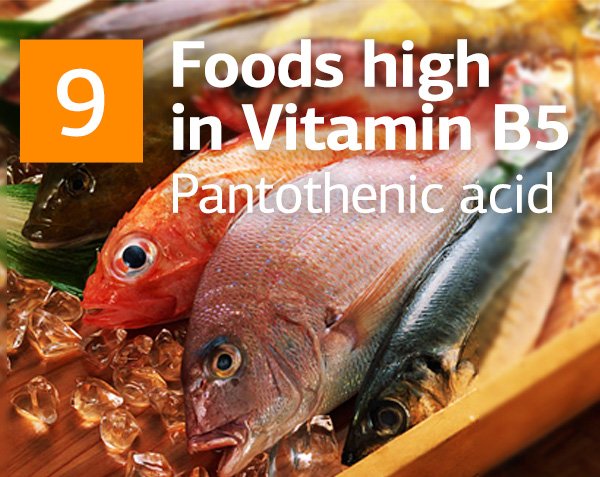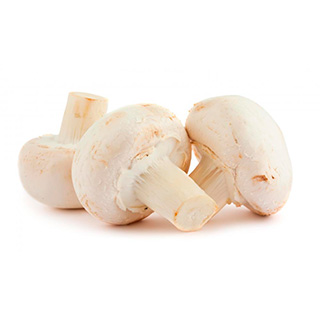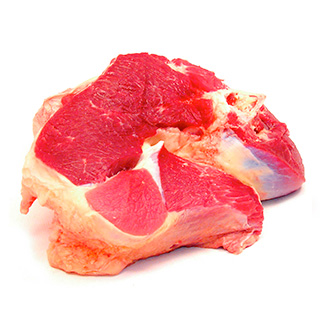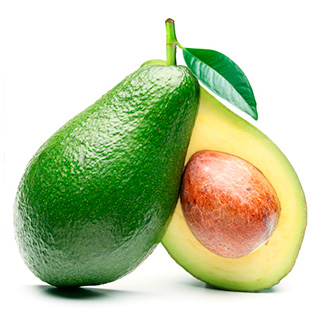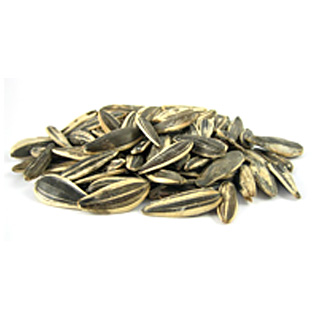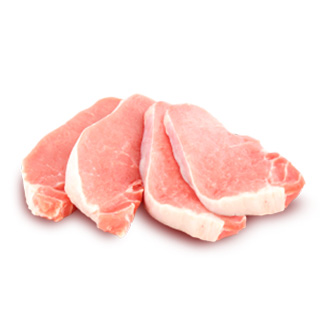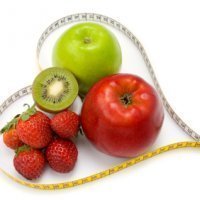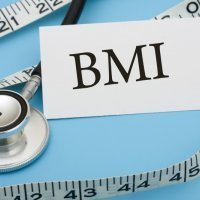Vitamin B5 and Top Foods Highest in Vitamin B5 (Pantothenic Acid)
Vitamin B5, also identified as pantothenic acid, is very multifunctional. The health advantages it can provide to a body are countless. “Pantothenic” comes from Greek “pantothen” that means “everywhere.” This implies that vitamin B5 can be found almost in any food. Some food products contain more of it, and some less, but each contains at least a bit.
Pantothenic acid is a water-soluble nutrient that belongs to the B vitamins complex, which helps to maintain a strong nervous system. It is believed to be able to decrease stress and depression, cure severe mental illnesses like chronic stress and nervousness. It does this by controlling the hormones which are in charge of these mental disorders. Vitamin B5 is also used for treating diseases like asthma, hair loss, allergic reactions, respiratory illnesses and heart issues. It is a proven medicine for reducing signs of aging, boosting immunity, intensifying resistance to different types of viruses, promoting physical growth, and maintaining sugar level for diabetics.
Vitamin B5 has to be included to every healthy menu, because it ensures good condition and proper operation of the whole organ systems. It is especially good for heart, because of its ability to decrease cholesterol level and regulate blood pressure. Pantothenic acid is crucial for brain producing neurotransmitters, synthesizing steroids, and digesting fats, proteins and other vital nutrients. In a word, vitamin B5 is a part of every significant aspect of sustaining your health.
The daily need of this vitamin is 5 mg, but it is increased to 6 mg for pregnant women and to 7 mg for breastfeeding moms.
Most of foods lose some part of pantothenic acid in the process of storage. However, this vitamin is more stable in cooking processes. Studies have shown that pasteurization and roasting have the least impact on vitamin B5 reduction, but boiling in water has a totally opposite effect. That is why if you wish to boil pantothenic-containing food, try to limit cooking time as much as possible.
Interaction Of Vitamin В5 With Other Nutrients
As a part of B complex, pantothenic metabolism and absorption depends on availability of other B vitamins in your diet.
Deficiency Of Vitamin В5
Pantothenic acid deficiency is almost impossible to occur, because, as was mentioned above, vitamin B5 is present in most of the foods. The daily need is also not high. That is why consuming even least nutritious foods still cannot lead to pantothenic acid deficiency.
Dietary Toxicity Of Vitamin В5
There is no identified toxicity level for pantothenic acid. Experiments have shown that taking even extremely high doses causes no side effects.
Foods High In Vitamin В5
1. Mushrooms
| Vitamin B5 in Mushrooms, White | |
| 100 g | 1 medium (18 g) |
| 1.5 mg (25% DV) |
0.27 mg (5% DV) |
It goes without saying that mushrooms are one of the most nutritionally valued foods. They have several vital nutrients, and pantothenic acid is one of them. Among all the mushrooms Shiitake have the maximum level of vitamin B5. 100g can provide your body with almost 40% of the everyday need of this vitamin. Other types of mushrooms that are good suppliers of pantothenic acid are cooked white mushrooms (34% of daily dose), uncooked brown mushrooms and oyster mushrooms (each type contains 11% of daily need) and fresh chanterelle (6% of daily value). Mushrooms are an excessive source of B vitamin complex, but remember that they are difficult to digest in your intestine. That is why you should combine them with different veggies.
2. Eggs
.jpg) Types of Eggs Rich in Vitamin В5 (100g):
Types of Eggs Rich in Vitamin В5 (100g):
| Vitamin B5 in Egg, Whole, Fresh | |
| 100 g | 1 medium (44 g) |
| 1.53 mg (26% DV) |
0.67 mg (11% DV) |
Another product that can supply your body with vitamin B5 is eggs. They are the first-rate source of many nutrients such as protein, iodine and vitamins B2, A and D. One cooked egg holds 11% of vitamin B5 daily need. Start your morning with an egg and you will be full of energy for the rest of the day.
3. Beef
| Vitamin B5 in Beef, Tenderloin, Steak, Separable Lean Only, Trimmed To 1/8 Fat, Select | |
| 100 g | 1 lb (454 g) |
| 0.65 mg (11% DV) |
2.95 mg (49% DV) |
Beef is an essential product for a healthy diet. It is the biggest animal protein source. It is also a great supplier of B vitamins complex. 100g of cooked lean beef can provide your body with 29% of pantothenic acid daily value. Try to preserve as many vitamins as you can and make it grilled or steamed. Definitely avoid cooking it with fats, because you will make the meal difficult for your intestine to digest.
4. Oily Fish
 Types of Oily Fish Rich in Vitamin В5 (100g):
Types of Oily Fish Rich in Vitamin В5 (100g):
| Vitamin B5 in Trout, Rainbow, Farmed | |
| 100 g | 1 fillet (79 g) |
| 1.67 mg (28% DV) |
1.32 mg (22% DV) |
The next item in our list is fish. Thanks to its nutritional value it is highly recommended by dieting experts. In addition to being rich in omega-3 fatty acids, oily fish is also a decent pantothenic acid supplier. The extent of vitamin B5 differs depending on the kind of fish. For example, trout fish is considered to be the best supplier of the vitamin. 100g of this fish can provide your body with 28% of vitamin B5 daily value. Other types of oily fish that are high in pantothenic acid include rainbow trout, wild salmon, and tuna. I think the most appetizing way to cook it is grilling. Do you agree?
5. Avocados
| Vitamin B5 Avocados, All Commercial Varieties | |
| 100 g | 1 avocado, NS as to Florida or California (201 g) |
| 1.39 mg (23% DV) |
2.79 mg (47% DV) |
The first fruit in our list is avocado. Thanks to delicious taste and nutritional richness, it is, actually, the fruit that should be on every table. It is not only high in vitamin B5, but also has lots of other vitamins, like C, E, B6 and K. The healthiest way to eat avocados is in combination with other fruits and veggies. Studies have shown that it can help your body better absorb nutrients from other foods. Avocadoes in combination with tomatoes, cucumbers, olives and a bit of olive oil make a perfect salad that will boost your vitamin level.
6. Sunflower Seeds
| Vitamin B5 in Seeds, Sunflower Seed Kernels, Dried | |
| 100 g | 1 cup, with hulls, edible yield (46 g) |
| 1.13 mg (19% DV) |
0.52 mg (9% DV) |
This food product is not only high in pantothenic acid, but also contains lots of vitamin E, which gives skin the perfect glow. Because of a high amount of other B vitamins, sunflower seeds are able to lower cholesterol level. As a snack or part of the salad, fried or raw - sunflower seeds should be an indispensable part of your weekly menu.
7. Cheese
 Types of Cheese Rich in Vitamin В5 (100g):
Types of Cheese Rich in Vitamin В5 (100g):
| Vitamin B5 in Cheese, Roquefort | |
| 100 g | 1 package (3 oz) (85 g) |
| 1.73 mg (29% DV) |
1.47 mg (25% DV) |
One of the most common dairy products, which we daily consume, is cheese. It is a huge source of calcium and various B vitamins, as well as pantothenic acid. 100g of cheese on average contains approximately 35% of vitamin B5 daily need. But be careful when you cook it. In order not to destroy a lot of nutrients, try to eat cheese in its natural form. Include it to cold salads and sandwiches. Avoid melted cheese, because it is too high in fats.
8. Lean Pork
| Vitamin B5 in Pork, Fresh, Loin, Country-style Ribs, Separable Lean Only | |
| 100 g | 1 rib (197 g) |
| 1.74 mg (29% DV) |
3.43 mg (57% DV) |
Pork is usually considered to be unhealthy food. There are a lot of myths about its damaging cholesterol. Let's just say that not all of them are true. Properly cooked lean pork is a great source of protein, magnesium, zinc, iron and almost all of the B vitamins. 100g of cooked lean pork has 17% of vitamin B5 daily need. When you are in the supermarket choosing some healthy meat for dinner, do not pass the pork section. Simply try to look for chops that have the least amount of fats or no fats at all.
9. Sweet Potato
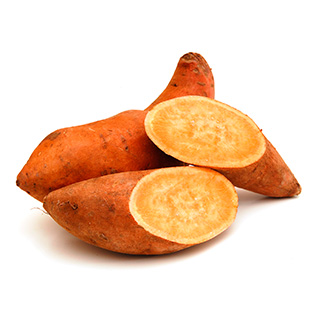 Types of Sweet Potato Rich in Vitamin В5 (100g):
Types of Sweet Potato Rich in Vitamin В5 (100g):
| Vitamin B5 in Sweet Potato, Unprepared | |
| 100 g | 1 sweetpotato, 5 inch long (130 g) |
| 0.8 mg (13% DV) |
1.04 mg (17% DV) |
Vegetarians love this product for its good nutritional value, delicious taste and easiness in cooking. It is sweet potato. Orange color means that it is high in vitamin A, which is essential for good sight. It also includes lots of vitamin C and vitamins B1 and B3. As for pantothenic acid, 100g of sweet potato can provide your body with 13% of its daily value. The easiest and the healthiest way to cook sweet potato is to bake it in a stove for about 40 minutes. When the time is over, simply take it out and serve hot as it is.
